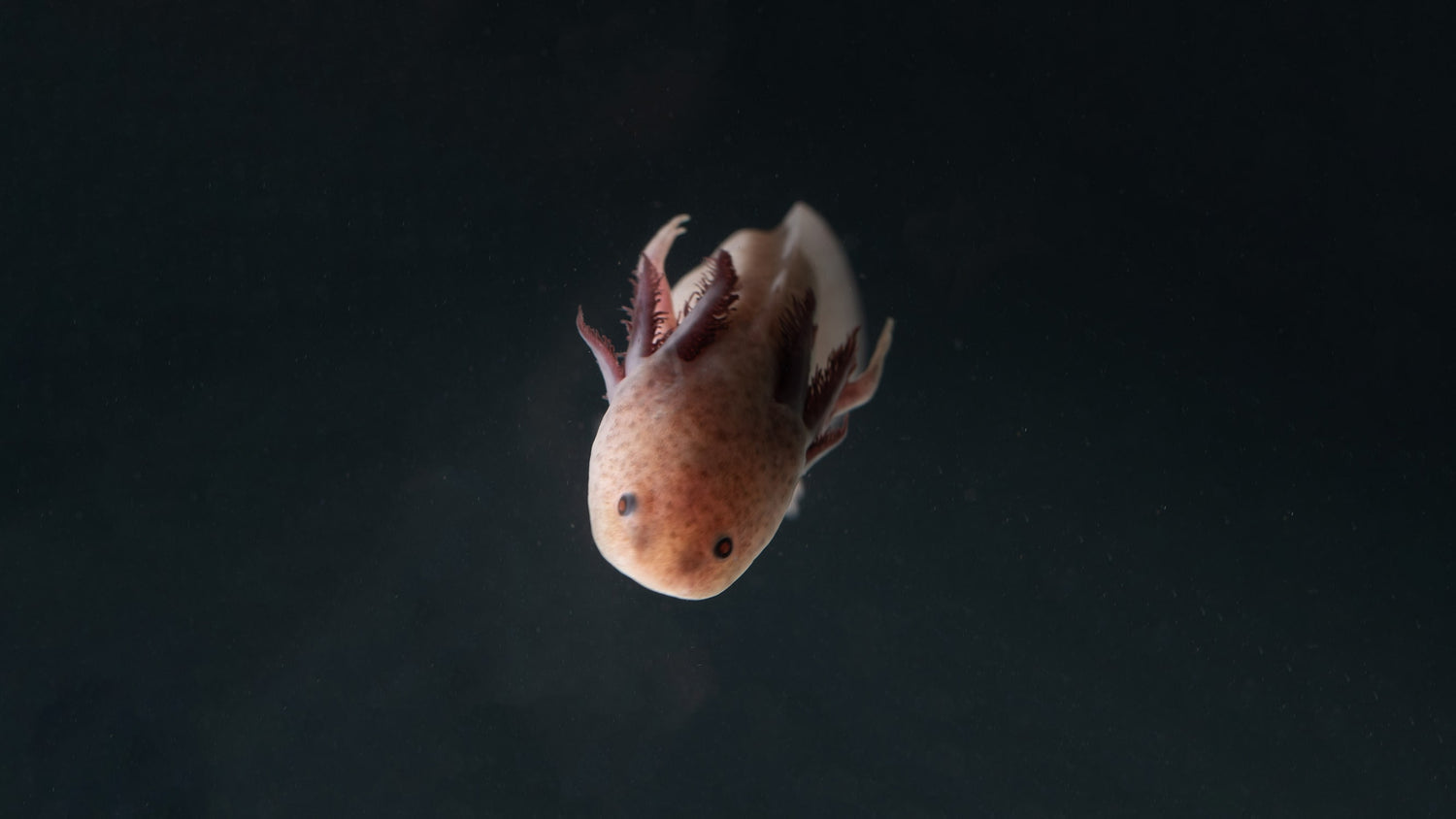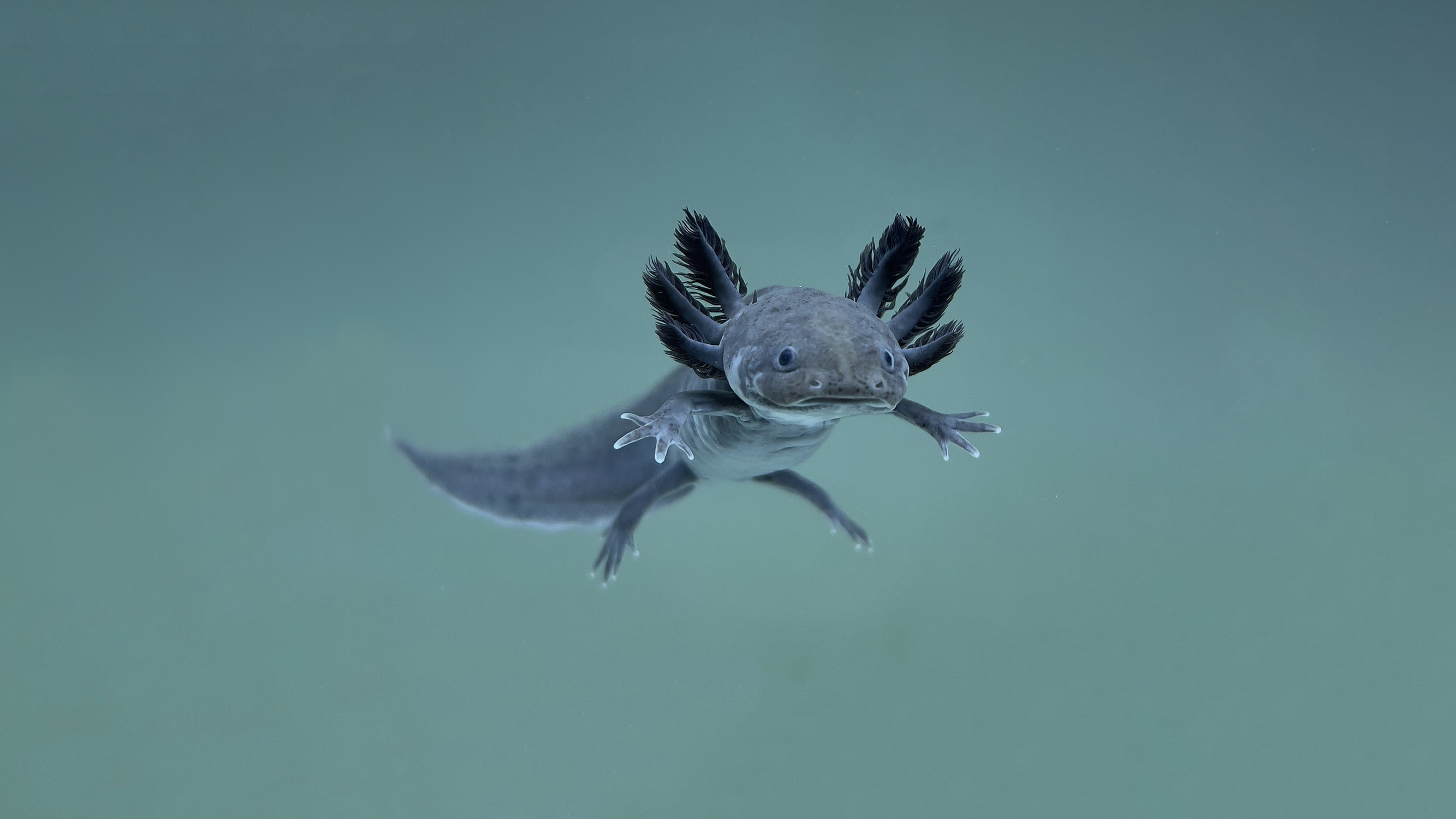One of the things we love about the strange little eponymous creatures we raise at Axolotl Planet is how strange they look. We’ve even been asked if they're fish (read more about this in our article, Are Axolotls Fish?), since they don’t really look like any other animal. They look like they could have come from the depths of the ocean, or even outer space! In addition to asking what exactly axolotls are, one of the most common questions we get about the animals is “So, where do these creatures even come from?”
It’s a fair question, and an interesting one! Read on to learn more about axolotl habitats, and where they can be found!
Where Do Axolotls Come From?
Axolotls are native to a series of interconnected lakes in the country of Mexico. This lake complex includes Lake Xochimilco, Lake Texcoco, Lake Zumpango, Lake Xaltocan, and Lake Chalco, and is located just south of modern-day Mexico City. They are cold, contain fresh water, and endorheic lakes. The term "endorheic" means that these lakes are land-locked, with no apparent outlet to a river or ocean.
Axolotls used to thrive in these waters thanks to plentiful sources of nutrients and few natural predators, which is almost certainly why they did not adapt to any new environment, or travel outside of these lakes.
Axolotls were a prominent feature in the Aztec culture and religion. They are named after one of the Aztec gods, Xolotl, and are featured in native Aztec festivals, food, and art. The Aztec style of farming and agriculture allowed axolotls to thrive alongside humans, despite their being used as a food source.
When the Spanish conquistadors came to the area that would become Mexico, things changed for the axolotl. The conquistadors leveled the great city of Tenochtitlán, and constructed Mexico City in its place. During the destruction of Tenochtitlán, the canals and other agricultural features used by the Aztecs were destroyed as well, which caused a significant problem for the newly built city: flooding.
Drainage projects were started in order to alleviate the flooding problem, but these projects caused problems of their own! To this day, Mexico City suffers from a shortage of local water sources, and the draining of their natural habitat continually reduces the room axolotls and other animals have to live and grow.
The introduction of two species of fish—African tilapia and Chinese carp—also proved very unhealthy for the local axolotl population. These fish were introduced as a food source for the people of Mexico City and surrounding areas, but as the water grew more polluted, people stopped eating these fish, allowing their numbers to skyrocket. These fish are large enough to consume axolotl eggs and juveniles as well as the food axolotls need to survive, and without any natural predators, their growth went unchecked. As a result of the drainage, the pollution, and the invasive fish, axolotl populations have dropped to below 1000 individuals in the wild.
Where Do Axolotls Live Now?
Well, there are still some axolotls in the wild, helped along by conservation groups like ‘Ajolotón,’ which aim to protect and restore native axolotl habitats.
Many more axolotls live in aquariums, stores, and breeding facilities like Axolotl Planet, and in the homes of dedicated axolotl lovers! Numbers are hard to pin down exactly, but there could be as many as one million axolotls in tanks around the world! The University of Kentucky alone keeps over 1000 axolotls, which they use for breeding and research.
Though it’s unfortunate that axolotls remain so few in their natural habitat, animal lovers, researchers, and conservationists continue to keep these magnificent animals alive and well, in tanks and aquariums all across the globe. For more information about the decline of the axolotl in the wild, and conservation efforts to help save these wonderful creatures, check out our article, Where do Axolotls Live and Why are They Endangered?





Leave a comment
This site is protected by hCaptcha and the hCaptcha Privacy Policy and Terms of Service apply.